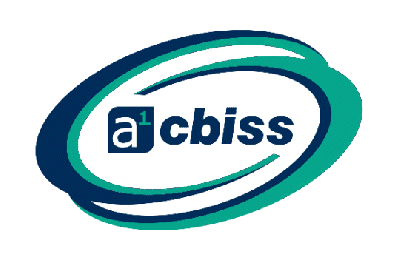The introduction of multi-gas instruments with new low-power and infrared sensor technology for combustible gas detection claim to perform for up to two years without needing to be calibrated.
Gas detector calibration is not particularly challenging or a time-consuming process, in fact, it only takes a couple of minutes. The difficult part is finding the time in your tight schedule to stop and maintain a gas detector seems to be working ok.
These low-power infrared sensors deliver on their claim of extended instrument runtime, but these instruments use the same electrochemical sensor technology for toxic gas detection, so why wouldn’t they need calibration? Since the technology is unchanged, why should the maintenance recommendations change?
Gas detection instrument manufacturers’ calibration recommendations are based on many factors, one being sensor drift. Sensor drift is the natural tendency of a sensor’s performance to degrade over time as its components age. This is an undeniable fact for electrochemical sensor technology.
Gas sensors can drift as much as <2% to <5% per month. In other words, a sensor that detected 100ppm immediately after calibration may read as low as 95ppm after one month while ignoring the impact of other environmental factors.
Sensor specifications are based on laboratory testing, however, they will perform worse than specification if they’re constantly subjected to challenging applications and environments.
The two graphs below assume a 2% monthly sensor drift for carbon monoxide (CO) and hydrogen sulphide (H2S) sensors and standard calibration concentrations of 100ppm and 25ppm, respectively. The compounding effect of a 2% monthly sensor drift alone results in 38% lower readings after 24 months and 62% lower readings after 48 months.
In other words, after two years, an instrument in a hazardous environment exposed to 100ppm of CO and 25ppm H2S could display 62ppm of CO and 15.4ppm of H2S. After four years, the readings would be 38ppm of CO and 9.5 ppm of H2S. Again, these graphs ignore all other potential causes of instrument inaccuracy except for natural sensor drift. After four years, assuming standard alarm set points, neither instrument would produce a high alarm. The H2S reading wouldn’t even trigger a low alarm.
One way to ensure proper instrument performance and reduce maintenance hassles is to use a docking station or calibration station. These devices automate your routine bump tests and calibrations plus download datalogs, update settings and firmware, and, most importantly, allow you to focus on your job.
The a1-cbiss Service Centre in Wirral, near Liverpool, offers calibration, service and repair for a full range of gas detection services, including area monitoring, personal gas detectors or fixed gas detection systems – a key activity to ensure your gas monitoring equipment is compliant.
Gas detectors are life savings devices. Don’t let misleading information or a few minutes of maintenance get in the way of having a life-saving device.
Contact a1-cbiss to book a service and calibration appointment
Credit: Scott Jubeck, ISC





